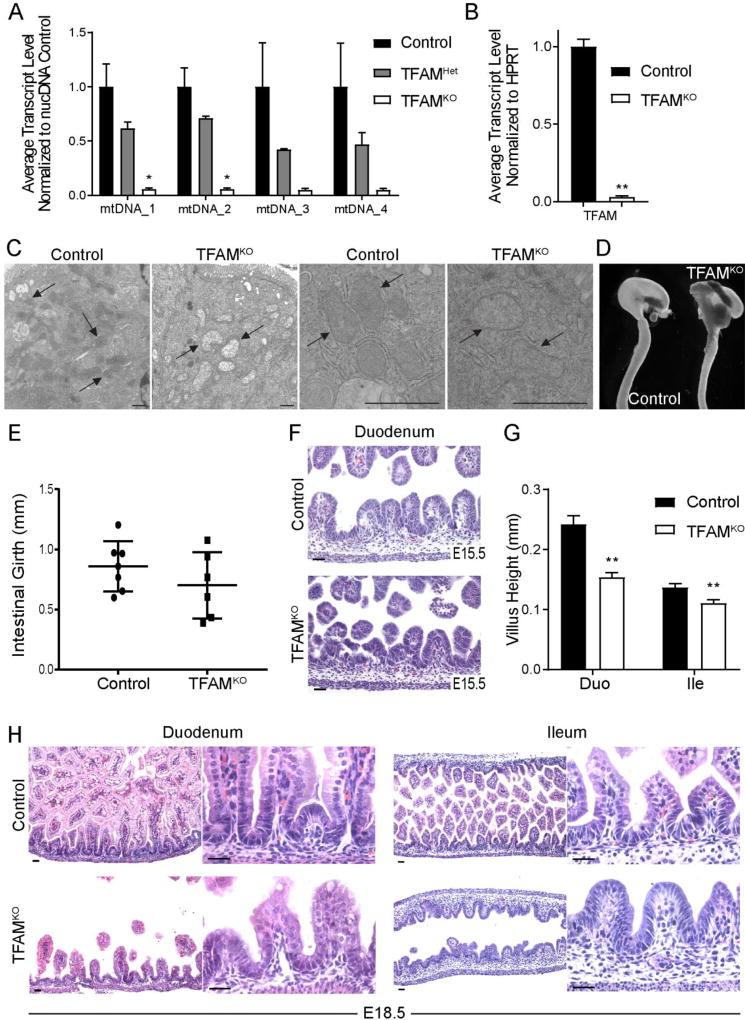Figure 2. TFAM is required for developmental maturation of the intestinal epithelium.
(A) Mitochondrial DNA levels are diminished in Shh-Cre; Tfamf/+, and nearly lacking in Shh-Cre; Tfamf/f gut epithelial cells at E18.5, consistent with reduced TFAM function (qPCR, Students t-test, n=4, p< 0.05), and (B) loss of Tfam mRNA in these mutants (qRT-PCR, students t-test, n=4). (C) TEM indicates that mitochondrial ultrastructure is compromised in the jejunum of E18.5 mutants (representative of 2 knockout and 3 control samples). (D) Whole mount images of representative guts dissected from TFAMKO or littermate control mice at E18.5. While length of the gut was unaffected by TFAM-loss (Supplemental Figure 1D–E), (E) the girth of the gut trended smaller in the mutants. (F) At E15.5, no differences were observed in the morphology of the developing intestine, suggesting that villus formation initiates normally. (G–H) However, by E18.5, villi were noticeably shorter, particularly in the duodenum, indicating that TFAM is required for villus maturation and extension into the developing gut lumen (t-test, n= 4). Scale bars = 50µm.

